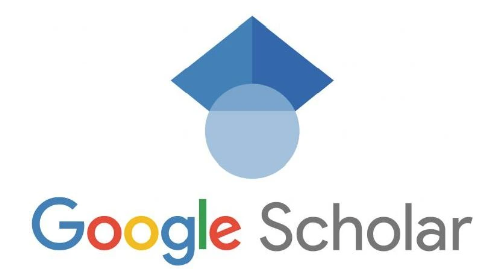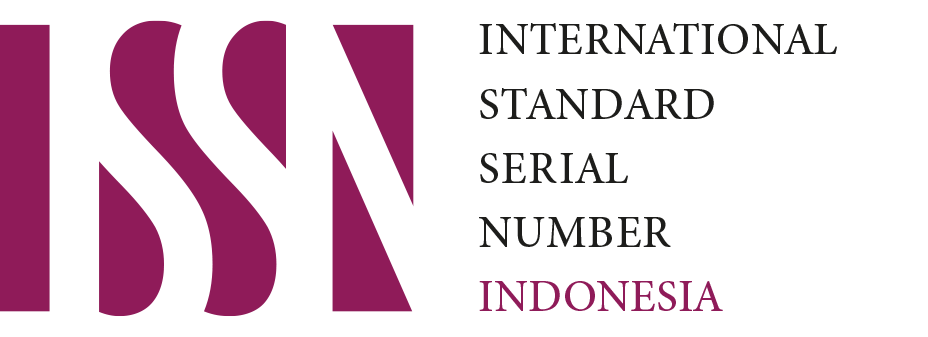RASKIN Recipient Classification Model Using LibSVM Based on Particle Swarm Optimization
Kata Kunci:
LibSVM, RASKIN, Optimize, Data Mining , Discovery in DatabaseAbstrak
Receiving subsidized rice assistance (RASKIN) is a government program to distribute basic food assistance to underprivileged families. The distribution is carried out once every three months in accordance with the predetermined allocation. However, in practice, there are still often inaccurate targets in determining beneficiaries. This research aims to assist the village government in determining the eligibility of prospective RASKIN beneficiaries objectively and on target. The classification model used is Support Vector Machine (SVM) with the Library for Support Vector Machine (LibSVM) approach, combined with the Knowledge Discovery in Database (KDD) method. To improve classification performance, model parameter optimization is performed using the Particle Swarm Optimization (PSO) algorithm. Radial Basis Function (RBF) kernel is used in this process. The evaluation results show that the LibSVM model optimized with PSO is able to achieve an accuracy rate of 92.21%. The proposed model is expected to be an effective decision support system in selecting recipients of government social assistance more fairly and efficiently.
Referensi
D. Chauhan, Shivani, and P. N. Suganthan, “Learning strategies for particle swarm optimizer: A critical review and performance analysis,” Swarm Evol Comput, vol. 98, p. 102048, Oct. 2025, doi: 10.1016/J.SWEVO.2025.102048.
Y. Wang, Z. Liu, and H. Han, “Collaborative knowledge transfer-based multiobjective multitask particle swarm optimization,” Swarm Evol Comput, vol. 98, p. 102115, Oct. 2025, doi: 10.1016/J.SWEVO.2025.102115.
L. Qiu, Y. Zhu, C. Xu, G. Ren, Y. Hu, and X. Liu, “Physics-Informed Neural Network Optimized by Particle Swarm Algorithm for Accurate Prediction of Blast-Induced Peak Particle Velocity,” Intelligent Geoengineering, Aug. 2025, doi: 10.1016/J.IGE.2025.07.002.
P. Nie, Y. Gan, and Q. Yu, “Design an enhanced granulation-degranulation mechanism using group-exchange particle swarm optimization,” J Ind Inf Integr, vol. 47, p. 100919, Sep. 2025, doi: 10.1016/J.JII.2025.100919.
N. A. Tsedura, E. Bhero, and C. Chibaya, “Towards the design of a particle swarm optimization ontology for object classification,” Array, vol. 27, p. 100449, Sep. 2025, doi: 10.1016/J.ARRAY.2025.100449.
G. Zhou, Z. Fang, Y. Hu, J. Chen, and J. Ren, “An adaptive strategy quantum particle swarm optimization method based on intuitionistic fuzzy entropy and evolutionary game theory,” Appl Soft Comput, vol. 183, p. 113654, Nov. 2025, doi: 10.1016/J.ASOC.2025.113654.
L. Deng and S. Liu, “Collective dynamics of particle swarm optimization: A network science perspective,” Physica A: Statistical Mechanics and its Applications, vol. 675, p. 130778, Oct. 2025, doi: 10.1016/J.PHYSA.2025.130778.
O. O. Petinrin, X. Li, and K. C. Wong, “Particle Swarm Optimized Gaussian Process Classifier for Treatment Discontinuation Prediction in Multicohort Metastatic Castration-Resistant Prostate Cancer Patients,” IEEE J Biomed Health Inform, vol. 26, no. 3, pp. 1309–1317, Mar. 2022, doi: 10.1109/JBHI.2021.3103989.
A. Houkan et al., “Enhancing Security in Industrial IoT Networks: Machine Learning Solutions for Feature Selection and Reduction,” IEEE Access, vol. 12, pp. 160864–160883, 2024, doi: 10.1109/ACCESS.2024.3481459.
S. Xu, R. C. Deo, O. Faust, P. D. Barua, J. Soar, and R. Acharya, “Automated Lightweight Model for Asthma Detection Using Respiratory and Cough Sound Signals,” Diagnostics 2025, Vol. 15, Page 1155, vol. 15, no. 9, p. 1155, May 2025, doi: 10.3390/DIAGNOSTICS15091155.
H. Hu, M. Li, and H. Zhang, “Dynamic surrogate-assisted particle swarm optimization for chemical kinetic mechanisms,” Comput Chem Eng, vol. 202, p. 109294, Nov. 2025, doi: 10.1016/J.COMPCHEMENG.2025.109294.
X. Luo and Z. Yi, “Efficiency management of engineering projects based on particle swarm multi objective optimization algorithm,” Systems and Soft Computing, vol. 7, p. 200320, Dec. 2025, doi: 10.1016/J.SASC.2025.200320.
M. Mohammadpour and A. Mohammadpour, “Cross-Material Forecasting-Optimization of CO2 adsorption using deep transfer learning and Particle Swarm Optimization: From porous carbons to Metal-Organic frameworks,” Sep Purif Technol, p. 134655, Aug. 2025, doi: 10.1016/J.SEPPUR.2025.134655.
M. Wang, W. Zheng, S. Zhao, and C. He, “Voronoi node stepwise following particle swarm optimization for path planning of underwater gravity aided navigation,” Ocean Engineering, vol. 336, p. 121767, Sep. 2025, doi: 10.1016/J.OCEANENG.2025.121767.
T. Varghese, N. K. Arun, and G. Pathirikkat, “Congestion management in power grids using multi-agent systems and particle swarm optimization,” Franklin Open, vol. 12, p. 100303, Sep. 2025, doi: 10.1016/J.FRAOPE.2025.100303.
X. Lu, M. Chen, and Y. Tian, “Accurate state-of-charge estimation of LiFePO4 battery: An adaptive extended kalman filter approach using particle swarm optimization,” Energy Reports, vol. 14, pp. 1169–1178, Dec. 2025, doi: 10.1016/J.EGYR.2025.07.023.
I. Bala, W. Karunarathne, and L. Mitchell, “Optimizing Feature Selection by Enhancing Particle Swarm Optimization with Orthogonal Initialization and Crossover Operator,” Computers, Materials and Continua, vol. 84, no. 1, pp. 727–744, Jun. 2025, doi: 10.32604/CMC.2025.065706.
Unduhan
Diterbitkan
Terbitan
Bagian
Lisensi
Hak Cipta (c) 2025 Journal of Technology and Computer

Artikel ini berlisensi Creative Commons Attribution 4.0 International License.













